Introduction
This is an attempt to dissect Nigeria’s technology-enabled Transportation sector. This post was borne out of my observation of the West, and how the transport sector has evolved to a point where I think it is getting ridiculous. I just wanted to track Nigeria’s innovation in this space as well.
During the week, I saw a story which suggested that Uber might be looking to acquire Careem, the Egyptian ride-hailing startup, and I thought to myself, whatever happened to Nigerian startups? I think that the Nigerian market is overrated. The middle class is disappearing; hence, technology businesses don’t have a large addressable market, which means that they cannot scale enough to attract a potential Uber acquisition. Anyways, that’s a story for another day. Let me focus on my industry analysis.
Disclaimer: this is not a research report; it remains an article. The companies and industry profiles are the ones I have noticed, hence this is not an exhaustive list of companies innovating in this space.
So that it is easier to read, I have categorized the industry into broad groups, for simpler analyses of the companies operating in those spaces.
- Ride-hailing (in order of appearance)
- Easy Taxi (left Nigeria)
- OgaTaxi (https://ogataxi.com/)
- GoMyWay (Shut down)
- Uber
- Taxify
- ProTaxi (https://www.facebook.com/protaxi.nig/)
I believe that Nigeria’s ride-hailing industry started with Easy Taxi. It attempted to digitize an offline behavior, by leveraging existing Yellow Cab infrastructure. The idea (I believe) was to give existing taxi drivers smartphones with apps to which they could connect with potential riders.
If you remember, back in those days, the only way for you to get a taxi, was to leave your house to a busy junction, hoping to find an empty cab to hail. This process could take hours and was grossly inefficient. People who use taxis often typically have the phone numbers of some of their most trusted drivers. This is also a big problem because the driver is not always near your location. Conversations like “Where are you?”, “Oga I dey Ikorodu now ooo.” are typical.
In theory, I expected Easy Taxi to fly, but one major issue was overlooked – education! The existing driver network is largely uneducated and as such, unable or not willing to use a smartphone. Additionally, these cabs are so uncomfortable, that you might be better off at the front seat of a molue than some of them.
Needless to say that after a few years, Easy Taxi exited Nigeria.
OgaTaxi, I believe, is our first attempt at Uber, but I guess funding was a big strain on their development, as they could not convince and recruit sufficient drivers and riders for the business to make sense. OgaTaxi is still operational, but it appears to be at a distant third position to both Uber and Taxify. I have not seen anyone who uses the OgaTaxi App as a primary or secondary ride-hailing app.
GoMyWay was another brilliant idea, but it had to shut down late last year. On the surface, I expected the business to work, this was because it was trying to digitize an offline behavior! People hitch rides with drivers they don’t know. This is a regular experience within Lagos.
If you doubt me, just try to park at Iyana Oworo (just at the foot of Third Mainland Bridge) on a Monday morning, then you will understand me better. I assure you, at least 20 people will try to get into your car. From a need perspective, a solution like this was required. It got better with the added security layer that GoMyWay also provided.
However, the biggest challenge I foresaw was the fact that GoMyWay would find it difficult to get repeat customers; this was because the users would try to take subsequent rides off the platform. Imagine you were paired with someone going to the Island once, and you both enjoyed the trip, why would you go back to the platform to be paired with another random driver or passenger, when you could easily arrange with the driver to pick you up at the same spot every morning since you are both going towards the same place every day.
I have written about the GoMyWay post-mortem in a previous article.
I will say very little about Uber and Taxify because they had money to execute their strategies in Nigeria, thus, beating all the local rivals to it. Taxify’s copycat strategy is also working. Markus (the CEO) mentioned that Taxify FOCUSSES on being the second mover, most often behind Uber! “We go to markets where ride-sharing is already a proven concept… we come in and we improve on that by having cheaper commissions and giving more back to the riders and drivers. We don’t want to get into these regulatory troubles by wasting millions in lobby battles.”
What the CEO said, in essence, is that we wait for Uber to open up a market. We are not trying to do anything different, we just copy them but charge the drivers and riders a bit less, and that is our strategy.
I have seen newer entrants into this space. Has anyone heard of ProTaxi? Well, Protaxi is trying to break into the market too. I don’t know how they intend to do it, but let’s wait and see.
I thought I would be able to finish this in a single post, but no. I will need a part 2 and probably part 3. I still have a few segments of the market to cover and a few more companies to talk about. In my next post, I will write about how these technology startups are trying to solve the commute challenges for staff of large corporates (staff bus type services).
I will also write about how bikes are getting back on our roads, both for logistics and human movement (ACE Logistics, Gokada, MaxGo).
Additionally, I will write about how technology is solving problems with heavy logistics and market data gathering (Kobo 360, Truckit, Trade Depot and Delivery Science). I might touch on other sectors, including Interstate travel, Travel insurance, Lagos State Traffic System (Lagos Oyster Card) and Traffic Management (Lagos Traffic Radio and GidiTraffic).
If you guys have any other sector or startup to cover, please reach out to me on the comment section.








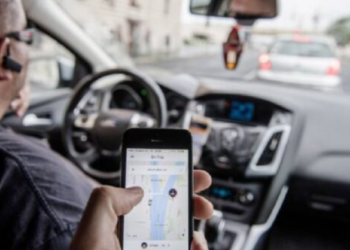
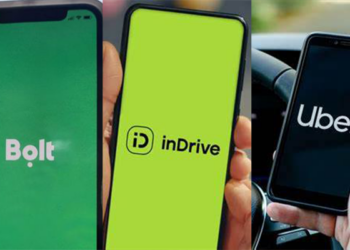

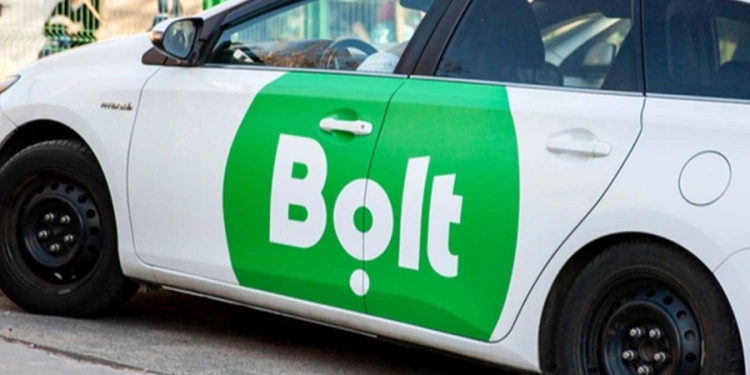
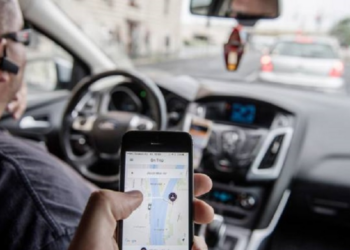


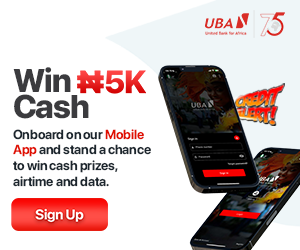






Thanks for the information, please I want to know the importance of funding to a startup. Thanks.